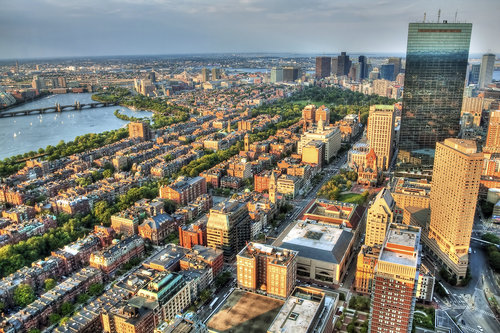High development costs and restrictive zoning plague Boston
Affordability has been a reoccurring problem in the Greater Boston area thanks to a population boom, especially among young professionals. The influx of people has vastly outpaced the amount of new units created by nearly five to one, causing a surge in house prices and rent while the vacancy rate dropped to 0.7 percent.
What’s worse is that, according to the Greater Boston Housing Report Card 2015, things aren’t going to get any better without aggressive action.
The report looked at the factors that are leading to such an insufficient supply of homes. According to the opening letter, written by Paul S. Grogan, the president and CEO of The Boston Foundation, the report came to an unsettling conclusion.
“The numbers just don’t add up,” Grogan wrote. “Land, construction and development costs in Massachusetts are so high, and zoning against high-density developments is so pervasive, that builders simply can’t produce housing that working and middle-income families can afford. Virtually all new low-density projects cater to the high end of the market.”
Boston Housing Market “Fundamentally Unmanageable”
One of the key problems with development in Boston is the pure price of it. Between 2004 and 2008, the total development cost per square foot for urban housing projects averaged at $242, or $387,000 for a 1,600 square feet unit. By 2011 to 2015, that price had increased to $274, or more than $438,000. The monthly rent for that property would have to be $3,215 to break even.
Even at that price, most Boston families could not afford the rent. The median income of households in Boston was $73,935 in 2013, meaning they would have to spend 52 percent of its gross income on housing alone. Downsizing to a 1,200 square foot unit at the same price per square foot would result in a rent of $2,544 per month, or 41 percent of its income, still well above the 30 percent threshold for being cost burdened.
The report is blunt: “As such, under current conditions it is virtually impossible for supply to match demand and therefore the vicious cycle of price appreciation and rent escalation in Greater Boston is fundamentally unmanageable under current economic and political conditions.”
The report suggests eight solutions can help address the affordability problems, which we tackle in our follow up article.

